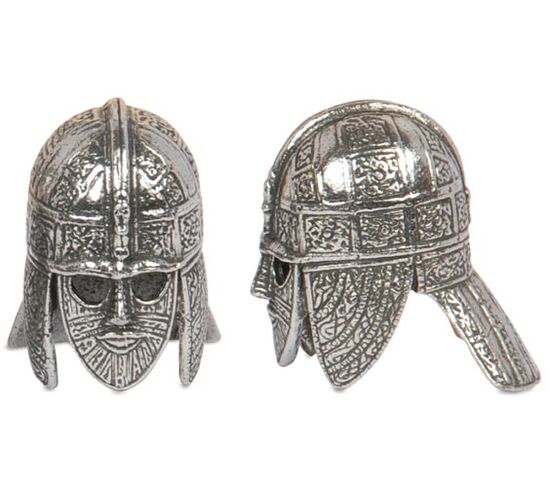

Many of our helmets can be made to your measurements and steel thickness needs, to meet your re-enactment group requirements. With the onset of the world wars, the helmet once more found its way onto the battlefield and took on the shapes of the earlier medieval sallet helms.Īll the historical helmets in this section (with exception of the decorative helmets) can be worn, and many are functional battle ready helmets. During the later periods, the helmet became more of a symbolic head dress than protective gear. No bags and large backpacks, helmets, knives, scissors, or any hazardous objects will be. These helmets became known as the typical Knights Helmet.ĭuring the Renaissance, weapons advanced more rapidly and as the sword became obsolete, visors faded away for better vision, such as the Comb Morion helmet and open faced Burgonet Helmets. Hzero - The Miniature Railway city sightseeing Florence. The final form of the medieval helmet was the armet which developed into the early Renaissance Close helm. The medieval Sallet Helm came in a variety of fixed and movable visors with fixed or articulated tails. During the 15th century we saw helmets such as the open-faced sallet helm, the T Face Barbuta, and the Sallet helm. Visors became movable and went from the flat Klappvisier to the elongated pig face bascinet of the 14th century. The top of the great helm became rounder to protect from sword blows and became the Bascinet helmet.

These medieval helms, especially the Crusader Helmet, began to flatten out on top and the sides and backs extended to form the Great Helm or barrel helmet. Most of the miniature helmets listed are dated back to the 12th Century to the modern era.
MINIATURE MEDIEVAL HELMETS FULL
Early Medieval Helmets were an upgraded form of the Norman Helmet in which they started adding a full fixed visor to replace the nasal. We offer wide range of medieval helmets in the miniature form for display or gifting purposes, an exact replica to its standard wearable version these miniature helmets comes with a small stand. The Medieval Helmet probably went through the most changes of any type of historical helmet. These type of medieval helmets often had a front nasal, cheek guard and the Viking helmets sometimes had spectacles. The Viking and Norman helmet section contains Spangenhelm type helmets, which were usually worn over a mail hood or with an attached mail aventail (neck guard). Including Centurion Helmets, Roman Trooper Helmets and Gladiator helms. Our helmet section has early Roman Helmets and Greek helmets. Our store offers a huge variety of historical helmets for you to choose. The helmet or helm was developed to keep up with advances in weaponry of the times. Perhaps no piece of armour underwent as many changes from Rome to the Renaissance, as the helmet.


 0 kommentar(er)
0 kommentar(er)
